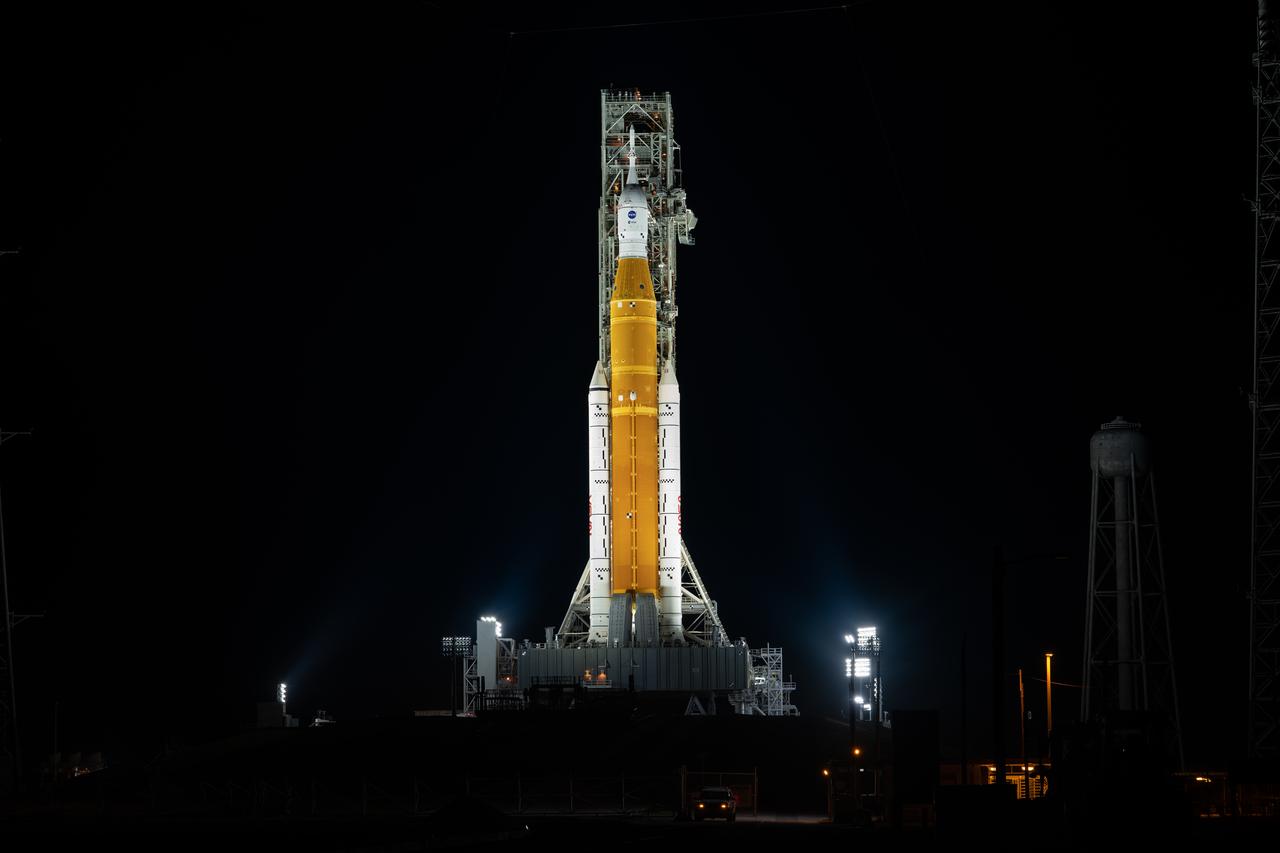Artemis
 Image provided by NASA.
Image provided by NASA.
The Artemis program is a NASA initiative that aims to return humans to the moon, establish a sustainable presence, and prepare for future missions to Mars and other deep space destinations. Named after the Greek goddess of the moon and Apollo's twin sister, Artemis seeks to build on the legacy of the Apollo program and advance our understanding of the moon while also preparing for the challenges of human space exploration beyond Earth's orbit. One of the key objectives of the Artemis program is to land "the first woman and the next man" on the lunar surface. NASA is committed to promoting diversity and inclusion in space exploration, and Artemis represents a significant step toward achieving this goal. The program also aims to inspire a new generation of scientists, engineers, and astronauts, demonstrating that space exploration is a field open to people of all backgrounds. Artemis is envisioned as a multi-mission program, with the goal of establishing a sustainable human presence on the moon by the late 2020s. This presence will involve not only crewed missions but also robotic missions to explore and utilize the moon's resources. The lunar Gateway, a space station that will orbit the moon, will serve as a staging point for lunar missions and a platform for conducting experiments and observations. Sustainability is a key principle of the Artemis program. NASA aims to leverage lunar resources, such as water ice at the moon's poles, which can be converted into water and oxygen for life support and rocket propellants. This approach reduces the need to transport all necessary supplies from Earth, making lunar exploration more cost-effective and environmentally sustainable. Furthermore, the Artemis program is a significant step toward preparing for human missions to Mars and beyond. The knowledge and experience gained from establishing a sustainable presence on the moon will be invaluable for future deep space exploration. Artemis represents a crucial testing ground for the technologies, systems, and strategies required for long-duration space missions, including those to Mars.
 Image provided by NASA.
Image provided by NASA.
Artemis is a collaborative effort that involves international partnerships, commercial partnerships, and the integration of both government and private sector capabilities. It signifies a new era of space exploration, where multiple nations and organizations work together to advance our understanding of the cosmos. The program is not only a continuation of the spirit of discovery that began with Apollo but also a leap forward in our quest to explore the cosmos and expand human presence in space. Artemis also prioritizes the advancement of science and exploration on the moon. Scientific experiments and investigations conducted during Artemis missions will help unlock the moon's geological and lunar history, as well as its potential for future resource utilization. Researchers are particularly interested in studying the moon's unique environment and conducting experiments that can enhance our understanding of space radiation, the lunar regolith, and the moon's geology, which can have implications not only for lunar science but also for our knowledge of early solar system processes and potential future lunar industries. In this way, Artemis aims to contribute not only to lunar exploration but also to broader scientific knowledge and our long-term presence in space.